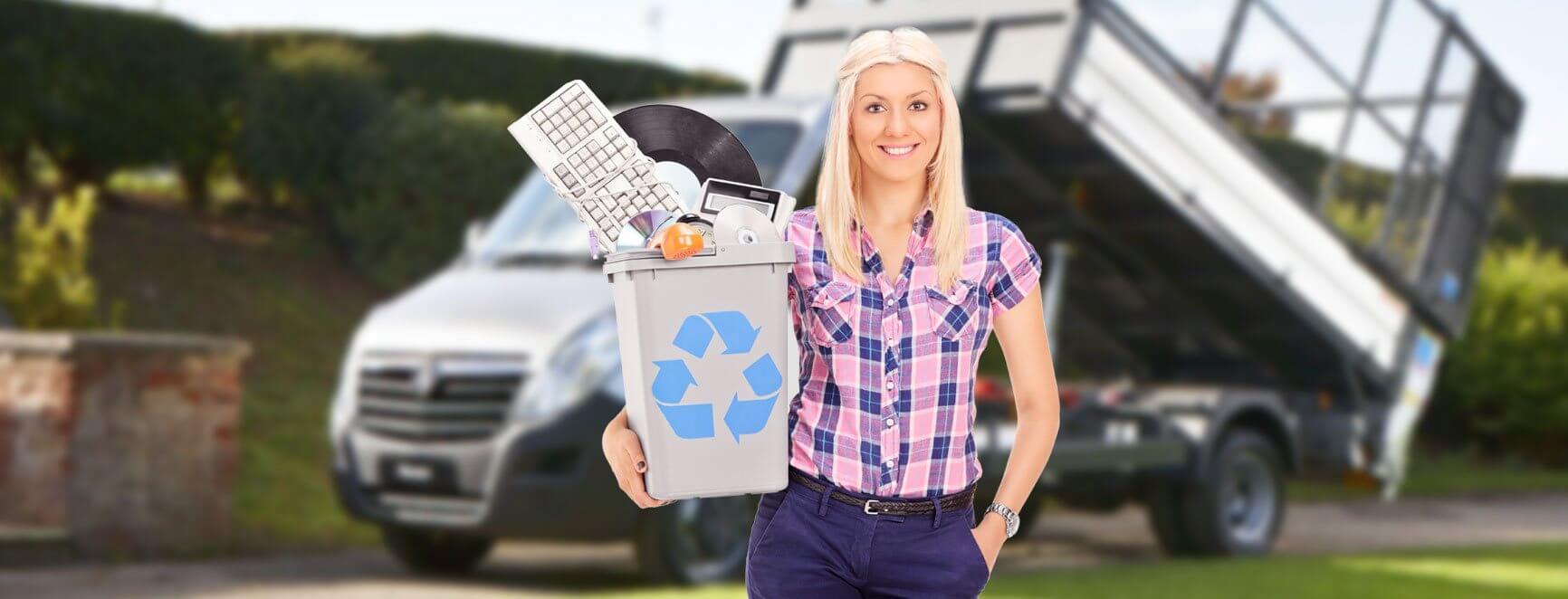From Skips to Sweat: Which Approach Suits You Better for Dealing with Waste?
Posted on 12/06/2024
In today's world, waste management has become a major concern as our planet continues to face the consequences of excessive waste production. According to a report by the World Bank, global annual waste generation is expected to increase by over 70% in the next 30 years. This alarming statistic calls for effective and sustainable waste management solutions that can help reduce the impact of waste on our environment. However, when it comes to dealing with waste, people often find themselves at a crossroads between two popular approaches - skips and sweat.
Skips, also known as dumpsters or roll-off containers, are large metal bins that are usually placed on a property for a specified period of time. They are commonly used for household cleanups, construction projects or commercial waste disposal. On the other hand, sweat refers to manual labor and physical effort put into cleaning up and disposing of waste without the use of equipment or external services.
So which approach is better for dealing with waste? Let's take a closer look at the pros and cons of both methods:
Pros of Using Skips:
1. Convenience: One of the main advantages of using skips is convenience. Once you have arranged for a skip to be placed at your property, you can easily dispose of all your waste in one place without having to worry about multiple trips to the landfill or recycling centre.
2. Time-saving: With skips, you don't have to spend your valuable time and energy sorting through different types of waste. You can simply toss everything into the bin and let the professionals handle it from there.
3. Suitable for large quantities: If you are dealing with a large amount of waste, hiring a skip is the most practical solution. Skips come in various sizes, ranging from small ones for household use to large industrial-sized bins for construction sites.
4. Cost-effective: In some cases, hiring a skip can be more cost-effective compared to other options such as hiring a team for manual labor. This is especially true for large quantities of waste that would require multiple trips to the landfill.

Cons of Using Skips:
1. Limited placement options: Since skips are large and often require heavy machinery for placement, they can only be placed in certain areas on your property. This may not always be convenient, especially if you have limited space or live in a busy neighborhood.
2. Not suitable for all waste types: There are certain types of waste that are not allowed in skips, such as hazardous materials, batteries, and electronic waste. You will need to make separate arrangements for the disposal of these items.
Pros of Using Sweat:
1. Environmentally friendly: The sweat approach involves manual labor, which means there is no use of heavy machinery or equipment that can create carbon emissions. This makes it a more environmentally friendly option.
2. Flexible placement: Unlike skips, sweat allows you to clean up and dispose of waste from any area on your property, making it a more flexible approach.
3. Good exercise: Cleaning up and disposing of waste manually requires physical effort, which can serve as a good workout while you contribute to keeping your surroundings clean.
Cons of Using Sweat:
1. Time-consuming: Without the help of equipment or external services, dealing with waste manually can be time-consuming. Sorting through different types of waste and making multiple trips to the landfill can take up a lot of time and energy.
2. Limited capacity: While sweat may be suitable for small amounts of waste, it may not be practical for larger quantities or bulky items such as furniture or construction debris.
So Which Approach is Better?
The truth is, both approaches have their own set of advantages and disadvantages. The decision ultimately depends on your specific needs and circumstances.
If you are dealing with a large amount of waste and have enough space on your property to accommodate a skip, then hiring one may be the most efficient option. On the other hand, if you have limited space and a smaller amount of waste to dispose of, using the sweat approach can be a cost-effective and environmentally friendly solution.

Tips for Effective Waste Management:
1. Minimize waste production: The best way to deal with waste is to produce less of it in the first place. This can be achieved by reducing, reusing, and recycling whenever possible.
2. Separate your waste: Properly sorting your waste makes it easier to dispose of and reduces the chances of contamination.
3. Know what can and cannot go in skips: Before hiring a skip, make sure you are aware of what types of waste are allowed to be disposed of in it.
Takeaways:
In today's world, it is important for individuals to take responsibility for their waste disposal methods. Whether you choose to hire a skip or opt for the sweat approach, make sure to do so responsibly and follow proper waste management guidelines.
Conclusion:
Waste management is a crucial aspect of protecting our environment and ensuring its sustainability for future generations. While skips offer convenience and efficiency for large amounts of waste, using sweat can be a more environmentally friendly option for smaller quantities. Whichever approach you choose, remember to prioritize responsible waste management practices for a cleaner and healthier planet.





